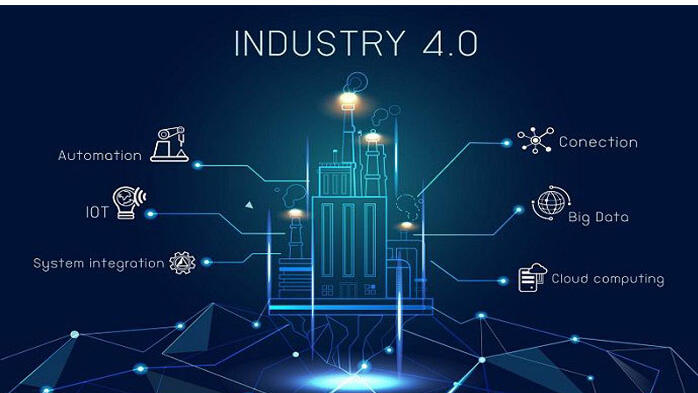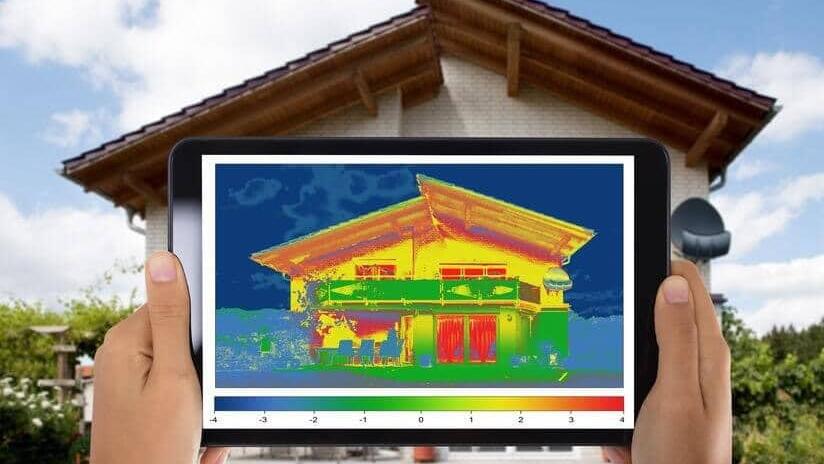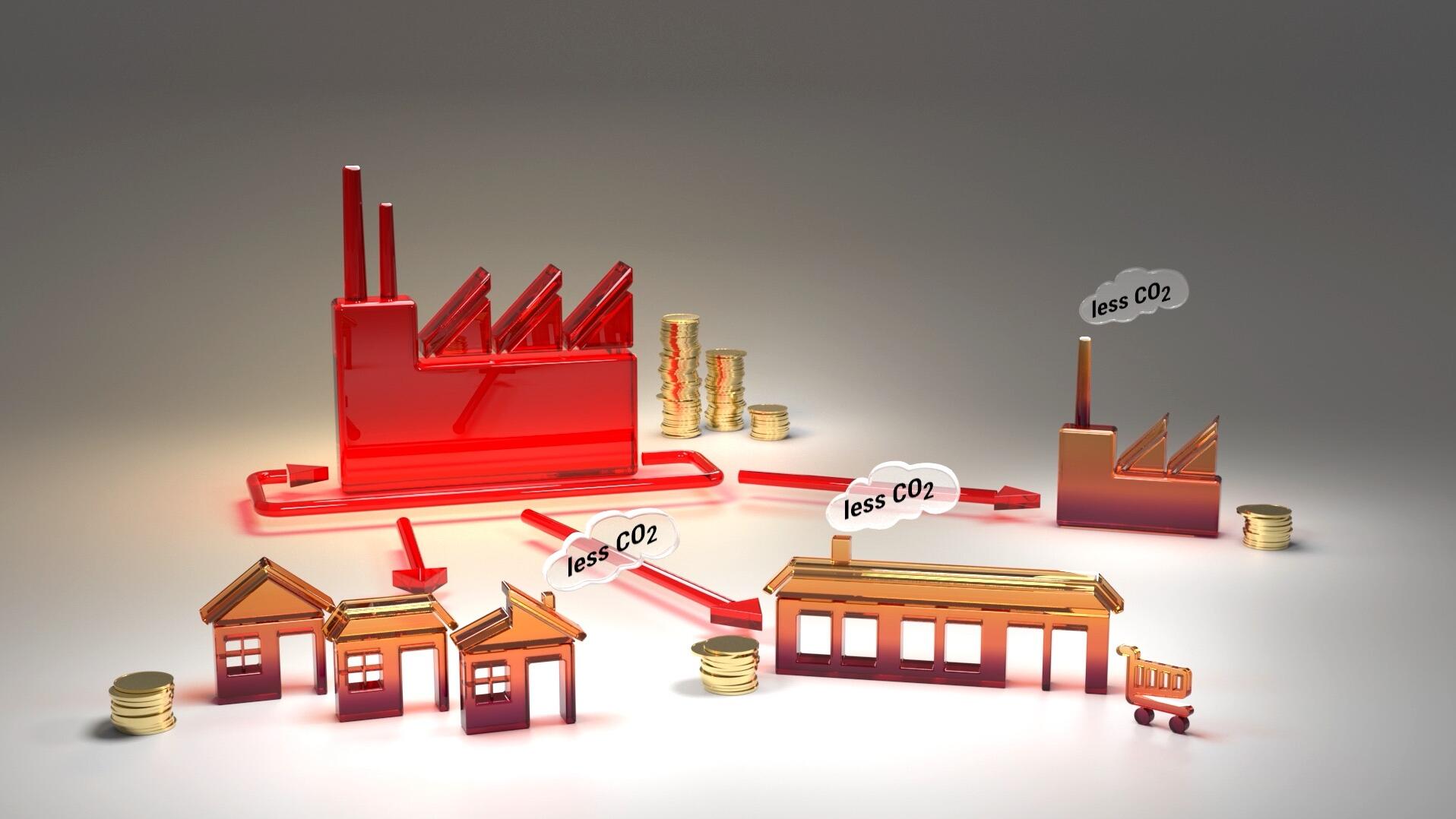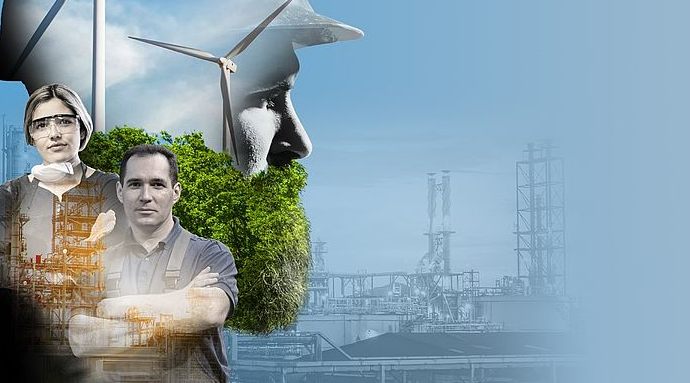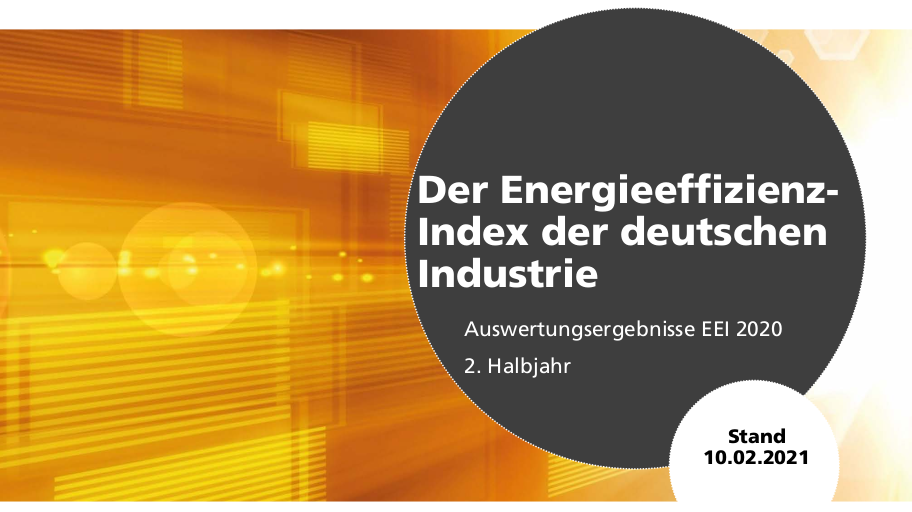 Energy Efficiency
Energy EfficiencyEnergy Efficiency
Pneumatic systems stand out for being a widely used reliable technology with low investment cost. High durability of compressed air systems often hides increasing leakages and pressure drop which can be avoided through predictive maintenance. The implementation of smart technologies in compliance with Industry 4.0 is not only a trendy step towards digitalization but a necessary measure. For most manufacturers, the cost of an additional sensor on a pneumatic system may increase the total cost of the machine, but what are the benefits it provides in return?
Read Full articleClimate neutrality and the potential of digital energy efficiency technologies - Five application examples
Germany is to meet its energy needs from renewable sources in 30 years. The conversion of Germanys energy supply to green and renewable is a done deal. But there is not much time left to switch completely from fossil fuels to a carbon dioxide-free,.
Read Full articleA catalogue of energy efficiency measures for supermarkets
The SUPER-HEERO project aims to provide a replicable financial scheme for energy efficiency investment in small and medium supermarkets. It starts from a high-level analysis of typical supermarkets energy systems and equipment, to create a catalogue with the most relevant and easy to replicate energy efficiency measures.
Read Full articleThe transformation of energy intensive industries
The ETEKINA project aims to recover 57-70% of the waste heat stream in energy intensive industries which up to now just go out of the chimney. The new heat pipe heat exchangers are an efficient tool to recover heat from industrial processes.
Read Full article5 energy sources you have never thought of
Less than 30% of the energy consumed on the planet is converted efficiently. The rest is discharged into the atmosphere in the form of waste heat. Excess heat produced by chillers in a supermarket can end up providing space heating and hot water for flats.
Read Full articleEnergy Efficiency Award - deadline 25 June
The German Energy Efficiency Award is endowed with prize money totalling 30,000 euros. Companies from any industry in Germany or abroad can apply online at energy efficiencyaward.de/en/apply/. The 18 nominees will be selected by a jury of.
Read Full articleHow reusing waste heat can take aluminium one step closer to becoming a greener industry
New waste heat recovery technologies can take the industry one step closer to achieving cleaner production methods. Aluminium is the second most highly produced metal and one of the most recycled commodities in the world. In some industries, over 90% of it is recycled .
Read Full articleFour young scientists talk about the future of waste heat recovery
Scientists in four European countries have been working on the ETEKINA project. They have developed three new heat pipe heat exchangers (HPHE) They aim to recover between 57% and 70% of waste heat streams in three specific sectors.
Read Full article17.02: Live briefing/PK on the results of the winter survey of the "Energy Efficiency Index of German Industry".
The 2020 winter survey of the Energy Efficiency Index (EEI) shows a renewed increase in the importance of energy efficiency within German industry. The Institute for Energy Efficiency in Production has been surveying current and planned energy efficiency activities in German industry every six months since.
Read Full articleNew IEA Energy Efficiency 2020 report signals reversals for First Fuel
The IEA report should be read by entire EEIP network. It is good to have a wake-up call by the IEA. But we also have to take stock of how far we have come and the practical measures we can take to improve.
Read Full article